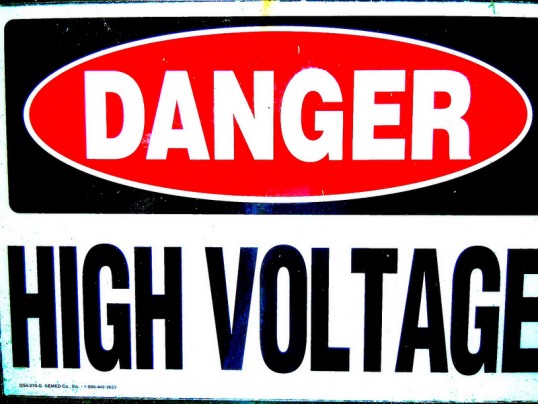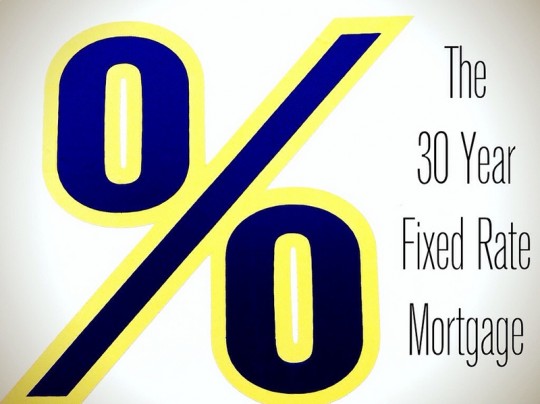According to Freddie Mac’s U.S. Economic and Housing Market Outlook for March, home sales will continue to increase this year, despite higher mortgage rates and home prices. The forecast – which projects a 3 percent rise in sales for 2014 – is based on a belief that the job market and wage growth will both continue to improve. Frank Nothaft, Freddie Mac’s vice president and chief economist, said with more jobs, wage growth should continue to accelerate, giving Americans the income to buy homes and help sustain the emerging purchase market. Despite an unemployment rate that is still stubbornly high, Nothaft believes improvement in economic growth will help boost both construction and manufacturing employment, which are the sectors of the economy that have been slowest to recover. In fact, there are 1.5 million fewer construction jobs than there were in December 2007. Freddie Mac’s outlook also calls for moderate price increases and an almost 20 percent increase in new home construction this year. More here.
Tag Archive for Frank Nothaft
Refinancing Boom Saves Borrowers $21 Billion
Freddie Mac’s quarterly refinance analysis for the fourth quarter of 2013 shows borrowers continuing to take advantage of historically low mortgage rates to reduce their monthly mortgage payment and shorten their loan terms. According to the report, borrowers who refinanced in 2013 will save on net approximately $21 billion in interest over the next year. Frank Nothaft, Freddie Mac’s vice president and chief economist, said the refinance boom began to wind down as the pool of potential borrowers declined and mortgage rates increased during the second half of the year. According to Nothaft, the refinance share of total mortgage activity will fall further this year, as refinance demand drops and the emerging purchase market consumes a bigger piece of the pie. Also in the report, the average interest rate reduction in the fourth quarter was about 1.5 percentage points. On a $200,000 loan, that’s a $3,000 savings over the next 12 months. More here.
Housing Headed In The Right Direction
Freddie Mac’s U.S. Economic and Housing Market Outlook for January finds four of the key housing indicators moving in the right direction to begin the year. The unemployment rate, though still high at 6.7 percent, is vastly improved and should continue its gradual path to a more consistent and historically normal level. Mortgage delinquencies have also shown great improvement, having been nearly cut in half since their peak. Finally, both affordability levels and home sales continue to trend in the right direction, with the average mortgage payment remaining very affordable in most markets – suggesting there’s still room for more recovery in home prices. Frank Nothaft, Freddie Mac’s chief economist, said the housing recovery continues on a steady pace. According to Nothaft, home prices should rise about 5 percent this year, while home sales – along with other key indicators – will continue to trend in the right direction. More here.
What’s Ahead For Housing in 2014
According to Freddie Mac’s chief economist, Frank Nothaft, 2014 should shape up to be better than 2013. Nothaft, in a recent article, said there’s reason to be optimistic about both the economy and the housing market. Economic growth, for example, is expect to be between 2.5 and 3.0 percent in the new year, more than 0.5 percent better than 2013. The accelerated growth will lead to continued improvement in the job market, which should push the unemployment rate below 7 percent by mid-year. Single-family home sales and housing starts will both rise to their highest level since 2007 and – despite rising mortgage rates – housing will remain generally affordable across the majority of the country. For-sale inventory, on the other hand, will be tight throughout the year due to the number of potential sellers constricted by negative equity. Home prices, however, will continue to rise, relieving underwater homeowners and helping to support higher home sales. According to Nothaft, both home prices and sales will come in around 5 percent higher than they were in 2013. More here.
Home Purchase Activity To Outpace Refinancing In 2014
Next year will mark the first in more than a decade that the mortgage market is dominated by purchase, rather than refinance activity, according to Freddie Mac’s most recent U.S. Economic and Housing Market Outlook. The outlook, released monthly, forecasts upcoming economic and housing market conditions based on current trends and data. Frank Nothaft, Freddie Mac’s vice president and chief economist, said refinance activity – as a share of total mortgage demand – will drop below 50 percent in 2014, marking a major transition in the housing finance industry and the first time since 2000 that purchase loans outpace refinancing demand. Nothaft also believes that home-sales gains and price growth will begin to moderate to more sustainable levels in the next year. Still, the forecast calls for a 5 to 6 percent increase in both sales and prices in 2014. The report also expects affordability conditions to remain strong, with mortgage rates expected to rise gradually throughout the year. More here.
Housing Market Expected To Endure Economic Shock
Despite a recent wave of negative economic news, the housing market is expected to continue to improve next year, according to Freddie Mac’s October Economic and Housing Market Outlook. The government shutdown, debt ceiling debate, and slowing economy have affected the housing recovery as we head into the fourth quarter, but the market should endure the economic shock. Frank Nothaft, Freddie Mac’s vice president and chief economist, said the housing recovery keeps chugging along despite a constant barrage of disruptions to the broader economy. Nothaft believes, though housing may briefly slow down as the year comes to an end, the recovery should continue to absorb the economic shocks in stride and improve next year. More here.
The Continuing Popularity Of The 30-Year Fixed Rate Mortgage
The 30-year fixed-rate home loan has been the most popular choice for borrowers for many years. In fact, when 15-year rates fell to an historic 2.5 percent last year, the 30-year term still accounted for 85 percent of all home-purchase loans. During the first half of this year, nearly 90 percent of homebuyers chose it. According to Freddie Mac’s chief economist, Frank Nothaft, there are three reasons for the continued popularity of 30-year fixed-rate mortgages. First among those is the fact that it is more affordable. Because the term is longer, the monthly payment is lower than it would be on a shorter-term mortgage. They are also more stable because the rate is locked in and not subject to the ups and downs of the market. Finally, Nothaft says flexibility is a feature of 30-year loans that makes them popular with buyers and borrowers. In short, 30-year loans continue to be the most popular mortgage product for American homebuyers because they are the most affordable and manageable, helping middle-class and first-time buyers enjoy the benefits of homeownership. More here.







